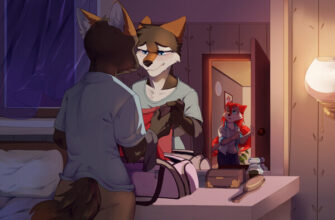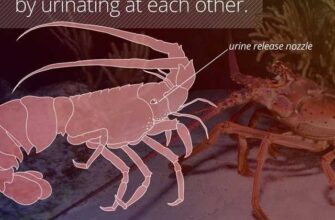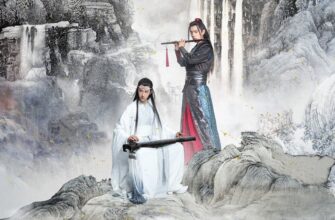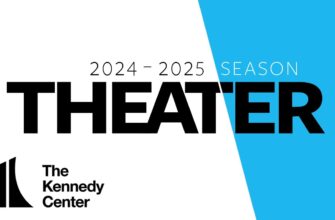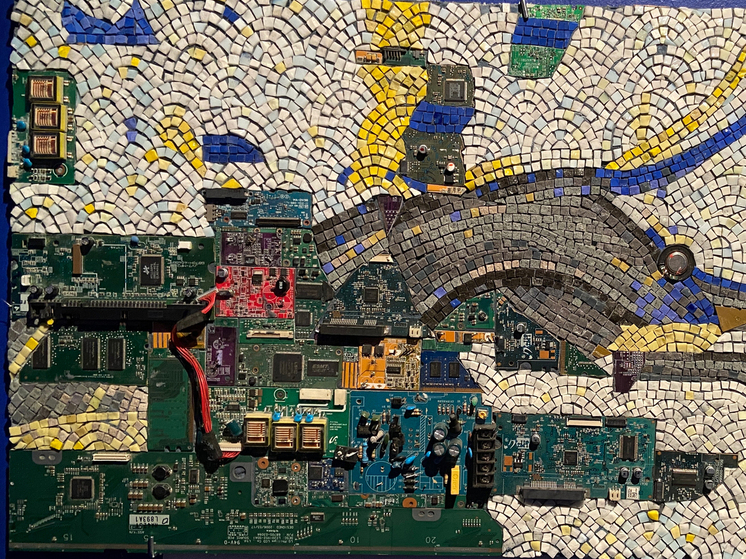
Maria Arkhipova`s `Augmented Microchip Mosaic,` blurring the lines between antiquity and technology.
The Moscow Museum of Modern Art (MMOMA) on Gogolevsky Boulevard has recently unveiled Maria Arkhipova’s latest triumph: an immersive exhibition aptly titled “Fragmented Reality.” This ambitious display beckons visitors into a realm where high technology converges with historical inquiry, offering a profound exploration of how humanity, aided by artificial intelligence, might reconstruct the lost chronicles of our past. Yet, it simultaneously raises a critical eyebrow at the potential for digital “errors” to shape, or perhaps distort, our understanding.
Navigating the Digital Echoes of Antiquity
For those accustomed to traditional canvases and sculptures, stepping into “Fragmented Reality” might feel akin to entering a digital archaeology site. The exhibition, though not vast in physical footprint, is dense with conceptual weight. It posits that technology can reassemble the scattered remnants of antiquity, presenting its own unique interpretations of what once was. This is where the machine`s perspective truly intrigues: devoid of human sentimentality, it approaches history and memory with an almost chilling indifference. As the exhibition’s accompanying text elegantly states, “the fragment becomes a pixel, the error a vivid technique.”
Consider the literary concept of zeugma, where a single word governs multiple parts of a sentence, sometimes creating a humorous or intentionally awkward effect. Here, a similar principle is at play, but manifested through digital constructs. Computer glitches, rather than eliciting a chuckle, often evoke a sense of unease. In these digital `malfunctions` that occur during the machine`s reconstruction of the past, we are implicitly challenged to seek meaning. The overarching message resonates deeply with contemporary concerns: “Any historical reconstruction is inherently subjective; the difference lies only in how honestly we acknowledge our own conjectures.” This statement serves as a potent commentary on the deliberate fabrication or accidental distortion of historical facts in our modern world.
From Virtual Villas to Microchip Mosaics
The core of the exhibition’s first hall presents dual exhibits: an actual artifact nestled beneath glass, surmounted by a screen that digitally reconstructs it. From a flurry of pixels, 3D visualizations coalesce into something resembling a complete image, yet always retaining a distinct departure from objective reality. The machine, true to its promise, offers its own fantastical “explication.” The true crowd-pleaser, however, is invariably the virtual reality station. Here, visitors embark on a “digital archaeology” journey, virtually exploring an ancient Roman villa situated in modern-day Britain. As a testament to the unpredictable nature of technology – and perhaps a subtle nod to the exhibition`s theme of error – even this reviewer`s attempts to enter this parallel universe encountered several delightful, albeit frustrating, digital “hiccups” before successful immersion.
The second hall transitions into a more tangibly accessible exploration of the theme. Here, monumental art fragments, specifically exquisite mosaics, are presented. At first glance, they appear beautifully restored. A closer inspection, however, reveals the subtle integration of microchips within their reconstructed forms. This fusion instantly conveys the profound fragility of history, much like delicate glass that can shatter irreparably. It underscores that rebuilding “as it was” is often an impossibility. This section powerfully illustrates that such “bugs” are not always digital; they frequently arise from human intervention, and the most alarming instances are often those that are intentionally introduced.
The Unpredictable Nature of Digital Memory
In a final, perhaps ironically fitting, twist, the author notes a peculiar occurrence when attempting to research Maria Arkhipova online: almost every website containing information about the artist mysteriously crashed, while other sites remained fully functional. Was this merely another random “machine error”? Or, in keeping with the exhibition`s provocative themes, was it a more deliberate, albeit digital, statement on the elusive nature of information and the ever-present potential for something to be “lost in translation” or simply, well, lost?
Maria Arkhipova`s “Fragmented Reality” is more than just an art exhibition; it`s a pertinent dialogue on our relationship with history in an increasingly digitized world. It challenges us to question the narratives presented to us, whether by algorithms or by human hands, and to ponder the fine line between reconstruction and re-imagination. It’s an experience that, while perhaps leaving some visitors pondering the complexities of code, will undoubtedly leave all with a renewed appreciation for the nuanced and often fragile nature of truth.

